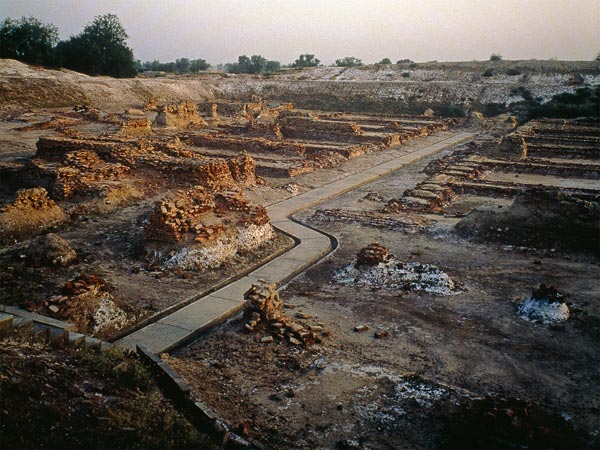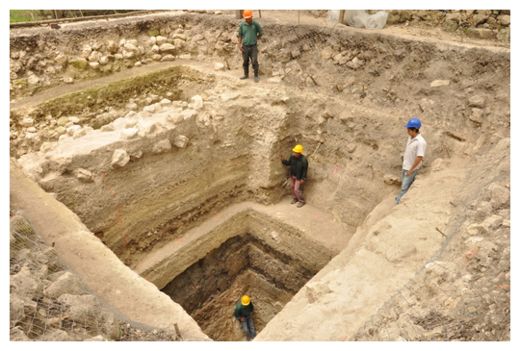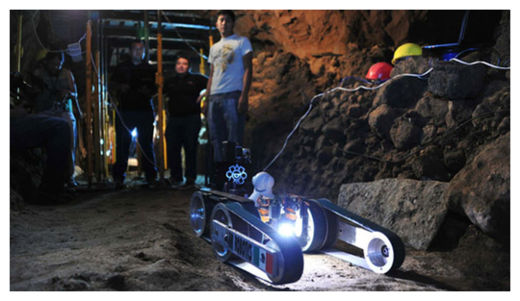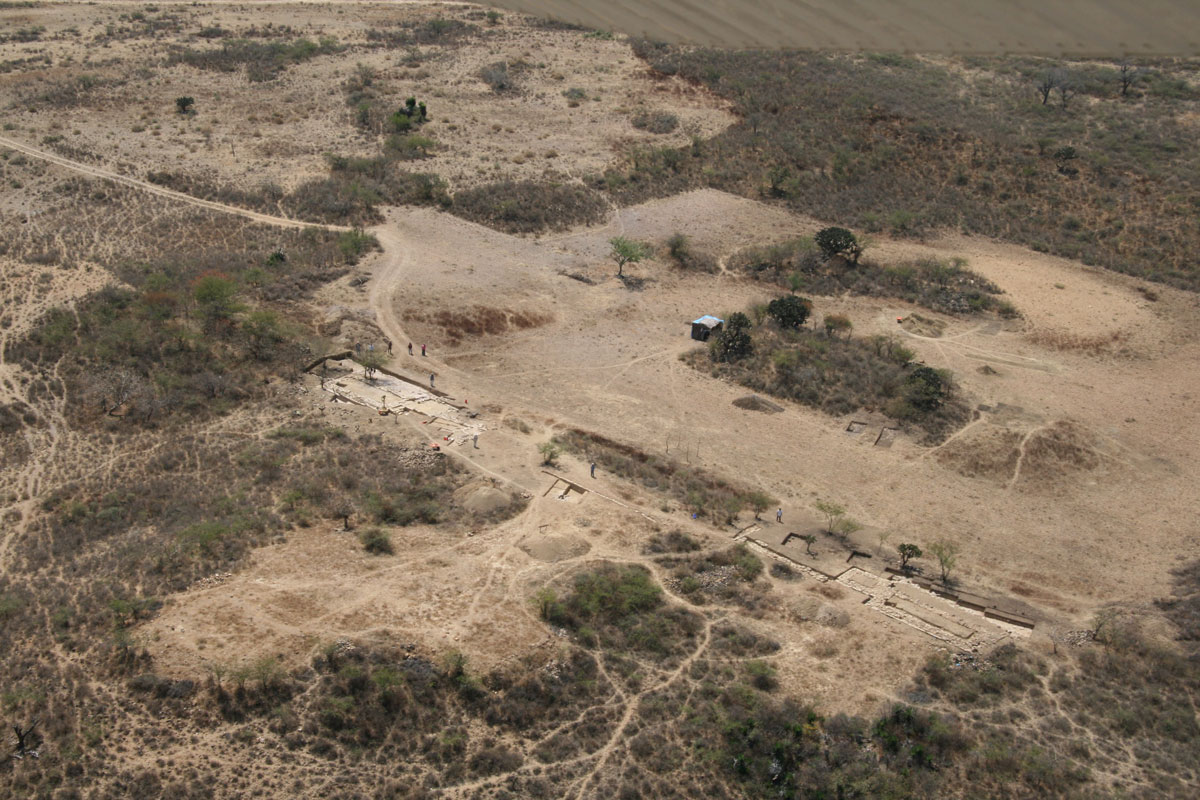
Unable to decipher the Indus script, archaeologists have pored over beads, slivers of pottery, and other artifacts for insights into one of the world's first city-building cultures.
Now scientists are turning to long-silent witnesses: human bones. In two new studies of skeletons from Indus cemeteries, researchers have found intriguing clues to the makeup of one city's population - and hints that the society there was not as peaceful as it has been portrayed.
Peaceful or not, the Indus civilization accomplished great things. At its peak, its settlements spanned an area greater than that of ancient Egypt, a contemporary culture. Indus jewelry was so coveted that examples have been found as far as Mesopotamia, some 1,500 miles (2,500 kilometers) away. Indus cities boasted blocks of houses built on a grid pattern and drains that funneled sewage from homes to dumping grounds outside the city walls.











